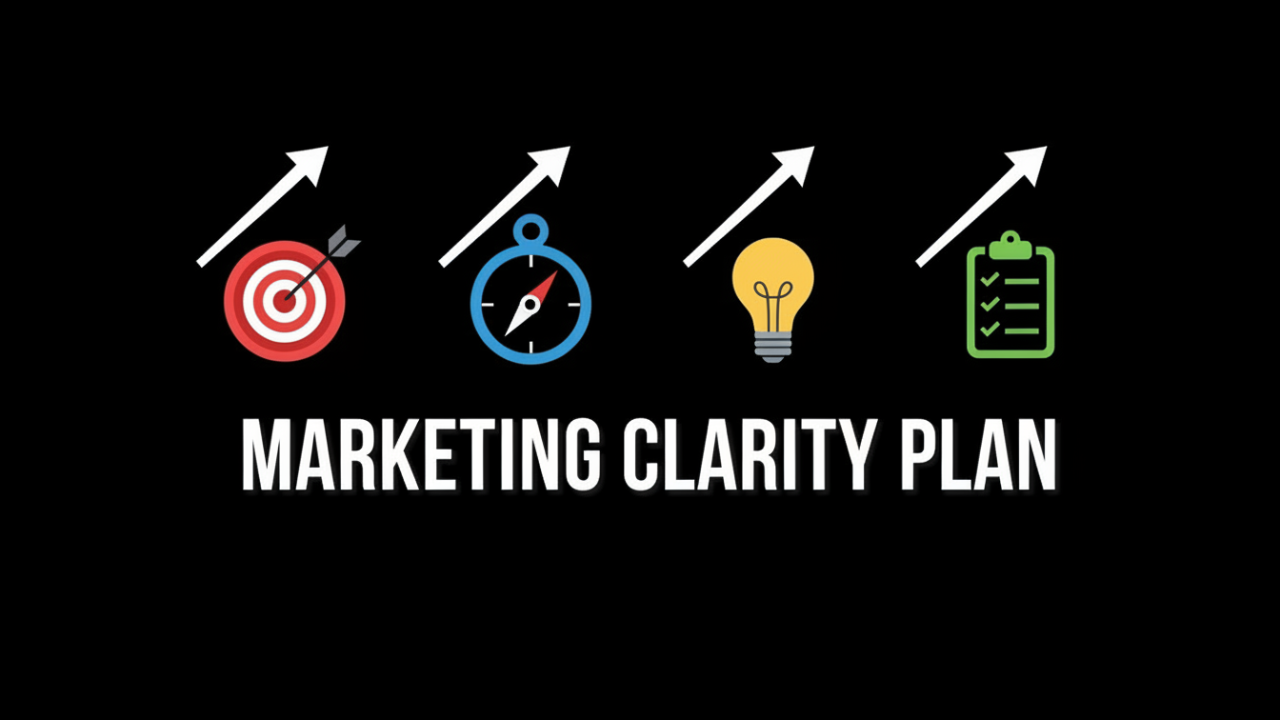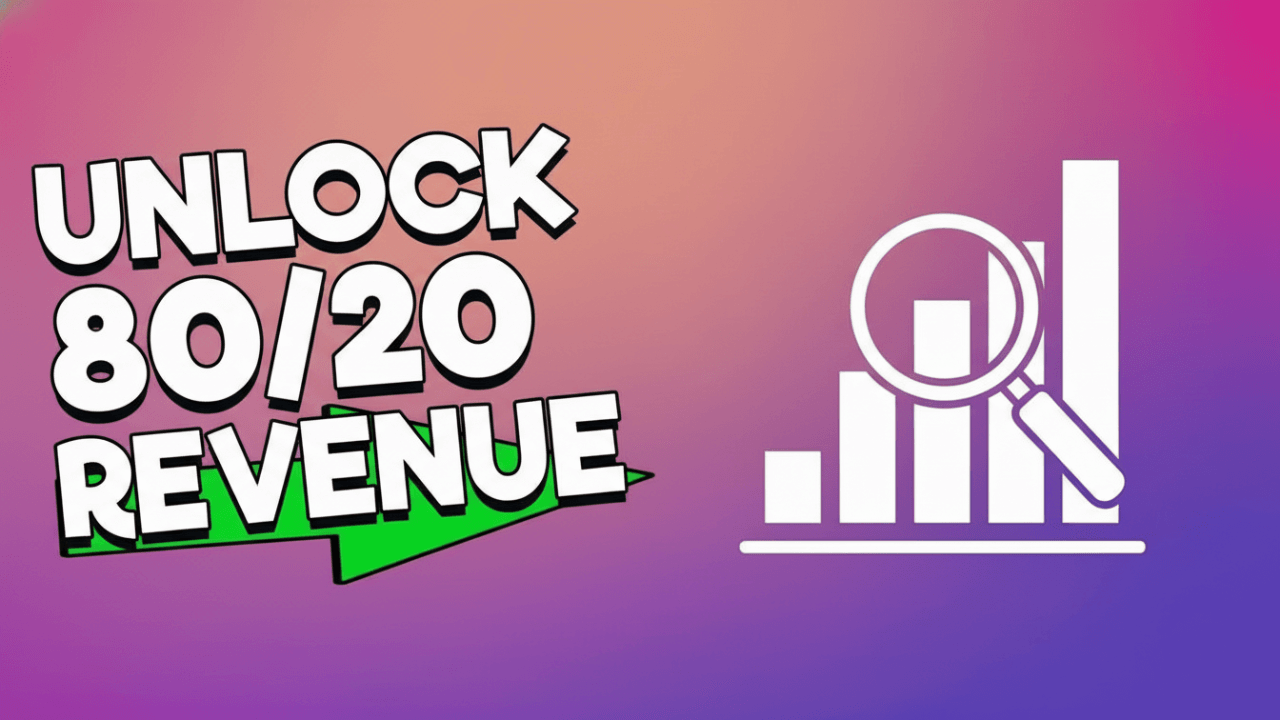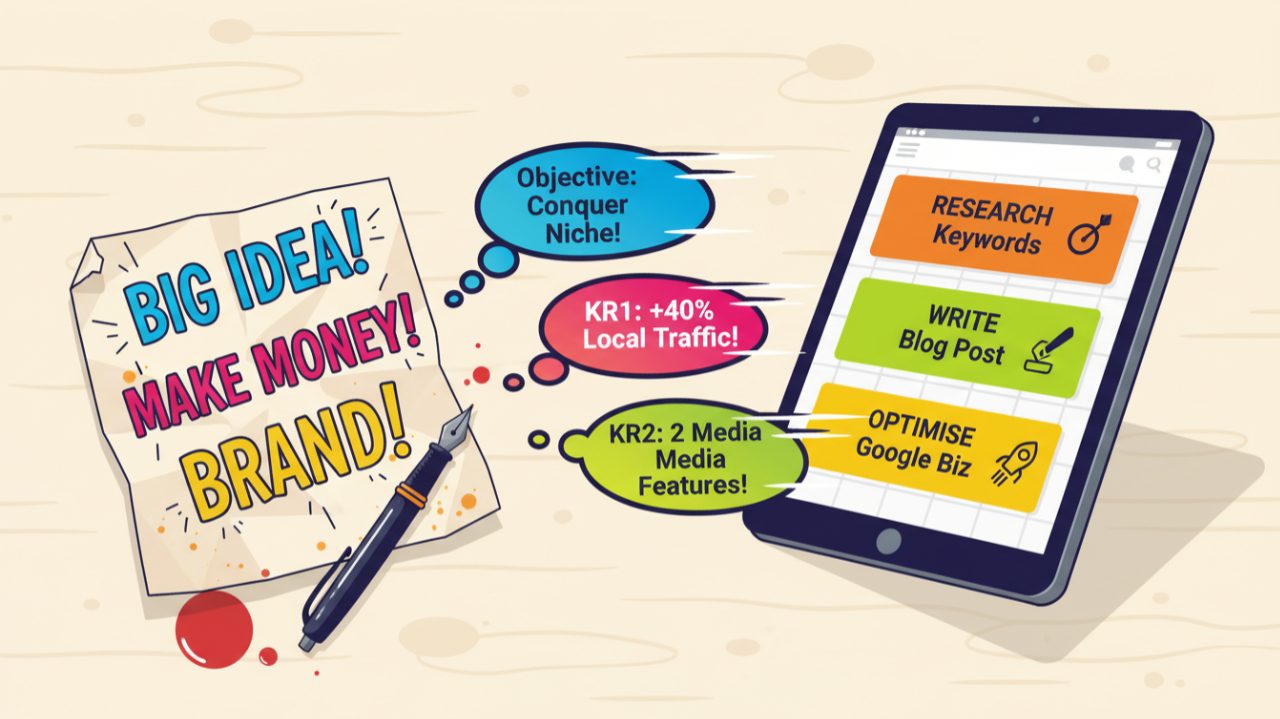20 Questions That Can Help Improve Your Small Business Marketing Strategy
Running a small business is a rewarding experience, yet it requires consistent effort and endurance, particularly in the realm of marketing. Many passionate entrepreneurs dive into promoting their business without a clear roadmap, leading to wasted time, stretched budgets, and frustration. The key to crafting an effective small business marketing strategy starts with asking the right questions?
In our years of experience working with small businesses, we've seen how a simple, inquisitive approach can be transformative. These aren't just random queries; they are strategic prompts designed to help you clarify your goals, understand your audience, and allocate resources efficiently. Think of them as the essential toolkit for building a marketing plan that evolves with your business. So, let's explore the 20 questions that can significantly sharpen your marketing efforts.
Laying the Foundations: Understanding Your Business and Market
Before you can effectively market your business, you need clarity on what you offer and who you're offering it to. These initial questions help you build that solid foundation.
1. What is your unique selling point (USP)?
This question forces you to define what sets your business apart. In a competitive landscape, your USP is your secret sauce. It’s not just about what you sell, but the unique value you provide. As an example, a cloud computing company might not just offer server solutions, but "the foundation for tomorrow's innovations with scalable, AI-driven cloud architecture that evolves with your enterprise." Clearly identifying this helps you communicate distinct value to your customers.
2. Who is your target audience?
Trying to be everything to everyone dilutes your marketing impact. Define precisely who you are trying to reach. Are you targeting tech-savvy, eco-conscious millennials in Brighton, time-strapped working parents in Birmingham utilising IoT for home automation, or retired hobbyists in the Yorkshire Dales exploring the potential of smart agriculture technologies? Knowing this ensures your marketing messages are focused and relevant.
3. What are the psychographics and demographics of your ideal customer?
Demographics give you a basic sketch, but psychographics paint the full picture. This delves into their values, attitudes, interests, and lifestyle. Understanding these aspects allows for more tailored messaging. For instance, knowing your audience values sustainability will shape your products and marketing language.
4. What are your customers’ biggest pain points or needs?
Your product or service should be a solution to a problem or a fulfilment of a need. In identifying your customers' biggest pain points, you can align your marketing to address these issues. Is it a lack of time, a desire for better quality, or a need for expert advice? When your marketing speaks directly to these pain points, your offerings become more relevant.
5. What emotional triggers drive your customers’ purchasing decisions?
Emotions play a huge role in purchasing. Do your customers buy out of a need for security, a desire for status, or to alleviate fear? Tapping into these emotional drivers helps you create campaigns that resonate on a deeper level, fostering a stronger connection and often leading to higher conversion rates.
Sizing Up the Scene: Competition and Your Unique Position
No business operates in a vacuum. Understanding your competitive environment and how you fit into it is crucial for carving out your niche.
6. Who are your main competitors and how do they market themselves?
Knowing your competition is vital. Who else is vying for your customer's attention? Analyse their marketing strategies: What channels are they using? What messages are they putting out? This isn't about copying them, but about identifying market gaps and finding opportunities for differentiation.
7. How is your business different from competitors?
This builds upon your USP but looks at your overall differentiation. Is it your exceptional customer service, innovative product features, or unique brand story? Clearly articulating these differences helps solidify your market positioning and strengthens your messaging.
8. What are the strengths and weaknesses of your business? (SWOT Analysis - Internal)
A SWOT analysis is a classic for a reason. Looking inwards, what are your inherent strengths? Equally important, what are your weaknesses? This honest self-assessment provides a realistic view of your internal capabilities and highlights areas needing improvement.
9. What opportunities and threats exist in your market? (SWOT Analysis - External)
Now, look outwards. What opportunities can you capitalise on? Conversely, what threats could impact your business? Understanding these external factors informs your strategic decisions, helping you seize opportunities and mitigate risks.
Charting the Course: Goals, Measurement, and Budget
Without clear goals and a way to measure progress, your marketing efforts can feel like sailing without a rudder.
10. What are your specific marketing goals?
Vague aspirations like "get more customers" aren't enough. You need SMART goals (specific, measurable, achievable, relevant, and time-bound). For example, "increase online sales by 15% within the next quarter through targeted social media campaigns." Setting clear objectives guides your entire small business marketing strategy
11. What metrics will you use to track marketing performance?
Once you have goals, you need to know how you'll track your progress. Will it be website traffic, conversion rates, social media engagement, or lead generation numbers? Choosing the right metrics ensures you can evaluate what’s working and where to make adjustments. Be careful here as metrics drive behaviour, that can be both positive and negative, so make sure you have the right ones.
12. What is your marketing budget?
This is often the elephant in the room for small businesses, but it’s critical. How much can you realistically allocate to marketing activities? Your budget will determine the scale and scope of your campaigns and help you prioritise activities that offer the best potential return on investment (ROI).
Connecting Authentically: Your Message, Channels, and Initial Engagement
With a solid understanding of your business, audience, competition, and goals, it's time to think about how you’ll communicate and connect.
13. What is your brand voice and personality?
Your brand voice is how your business communicates. Is it friendly and approachable, authoritative and expert, or quirky and humorous? Defining this ensures consistency across all your communications, building recognition and trust with your audience.
14. Which marketing channels are most effective for reaching your audience?
Where do your ideal customers spend their time? Are they scrolling through Instagram, networking on LinkedIn, or searching on Google? Focusing your efforts on the platforms where your customers are most active maximises your impact and budget.
15. What types of content resonate best with your audience?
Content is king, but only if it’s the right kind of content for your audience. Do they prefer informative blog posts, engaging videos, or user-generated content like reviews? Understanding their preferences guides your content creation strategy.
16. What are the most common objections or barriers to purchase?
Why might a potential customer hesitate or decide not to buy from you? Is it concern about price, uncertainty about value, or worries about delivery? Identifying these objections allows you to address them proactively in your marketing materials.
17. How do customers find and interact with your business online?
Map out the typical customer journey. How do people first discover your business? Once they land on your website or social media profile, what is their experience like? Understanding these touchpoints reveals opportunities to enhance their journey.
Nurturing Growth: Customer Relationships and Continuous Improvement
Marketing doesn't end with a sale. Building long-term relationships and constantly seeking ways to improve are hallmarks of a sustainable business.
18. How do you nurture leads and build relationships post-purchase?
Not every lead will convert immediately. What processes do you have in place to nurture them over time? And once someone becomes a customer, how do you continue to engage them? Excellent post-purchase care can significantly increase customer retention.
19. How do you gather and use customer feedback?
Your customers are an invaluable source of insight. Are you actively collecting feedback through surveys, reviews, or direct conversations? More importantly, what do you do with that feedback? Using it to refine your products and improve services demonstrates that you listen and care.
20. How often do you review and update your marketing strategy?
The market is dynamic, and your business will evolve. Your small business marketing strategy shouldn't be static. How often will you review its performance and make necessary adjustments? A quarterly review is a good starting point to ensure your approach remains relevant.
Key Takeaways: Your Blueprint for Ongoing Marketing Success
Navigating the complexities of marketing can feel daunting, but it doesn't have to be a shot in the dark. The 20 questions we've explored aren't just a checklist; they are a powerful framework for continuous reflection and refinement of your small business marketing strategy.
I encourage you to treat these questions as your trusted companions on your business journey. Use them to build your initial strategy, and revisit them periodically to ensure you stay on course. By embracing this inquisitive, strategic approach, you're not just doing marketing; you're building a more resilient, adaptable, and successful small business.
Additional Resources:
For further reading on related topics, consider exploring the following:
For personalised advice and support on mastering your business marketing strategy, contact us today to schedule a consultation with our experts.
Message Us:
Contact Form
Phone: 0330 311 2820
We look forward to helping you discover your unique path to growth, strategies that fit you - not the other way round.
Pay It Forward! Sharing Is Caring!











